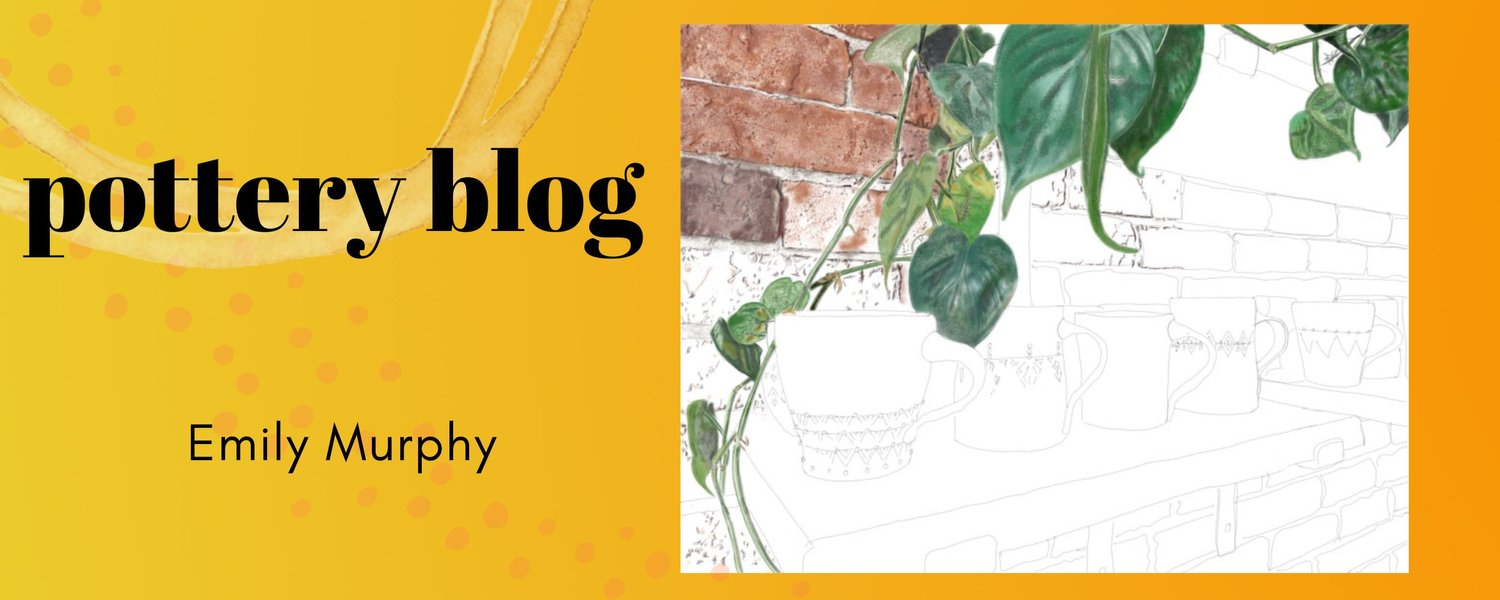A path to being a greener potter.

I think my aversion to actually writing this post that has been in my head is the same thing that stops many of us from creating greener lives. I wanted this post to be epic, to have all of the answers. It was going to be very complete and very satisfying. But that is truly an impossible task. When I think about all of the environmental changes that I want to make at home or at my studio, the ultimate goal is overwhelming and paralyzing. The only way to get past the paralysis is to stop for a moment, and break it down into steps. The steps will get you closer to your end goal, but they are much easier to conquer than taking a gigantic leap.
Here are some steps that I have taken on my path to being a greener potter...
- I use almost all recycled materials for both shipping and retail customers. I actively collect bags, boxes, packing paper and bubble wrap from friends, family, students and customers.
- I recycle my clay scraps and try to aggressively edit unfired work. I don't want to turn greenware that is reclaimable into something that is not if I am not truly satisfied with the piece at that stage.
- I try to make my test pieces as functional pieces (like small cups) that might go on to live a life beyond just testing a slip or glaze.
- I live close to my studio so I can either walk or drive a very short distance. I teach in the same building that I have my studio so I don't have to commute to class too.
- I work in a co-operative type studio that conserves resources in many ways. One specific way is by ordering clay and materials together so there is only 1 delivery truck instead of 20.
- My studio space is small and efficient. Each space has multiple uses. One table can transform from a wedging table to a decorating table to a glaze table to a display table. Much of the furniture in my studio is on wheels so it can be more easily converted.
- My studio display lights are on a timer. My studio is often open to the public even when I am not there, and the timer stops the lights from being on all the time. (Does anyone know of nice track lighting fixtures that are energy efficient?)
- I set up a "free-cycle" area in a common area (hallway) at my studio where the studio artists can pass on unneeded things to the next person.
- I sell my seconds as "flawed yet functional." They are still totally usable, but I can't send them off to a gallery. Customers get to go on a treasure hunt, and give life to a piece that might otherwise be doomed as landfill. In response to the "flawed yet functional" sign in my studio, I once had a customer get teary eyed and tell me that that was exactly how they felt... flawed yet functional.
I know there are people reading this that are working under very different conditions from 60 different countries. Some are students working at a high school, university or art center. There are country potters with lots of land, and urban potters, like me, that are working in a smaller studio. The problems and solutions that you face are going to be very different if you're a tile maker, production potter or a sculptor. I hope that you'll share the steps you take in your clay world to being a little bit greener with the rest of us.
update- 10/15/07 - another clay blogger, Anne Webb, wrote a Blog Action Day post
update - 10/29/07 - Pam McFayden wrote a great post over at lureart ceramics about studio recycling.
